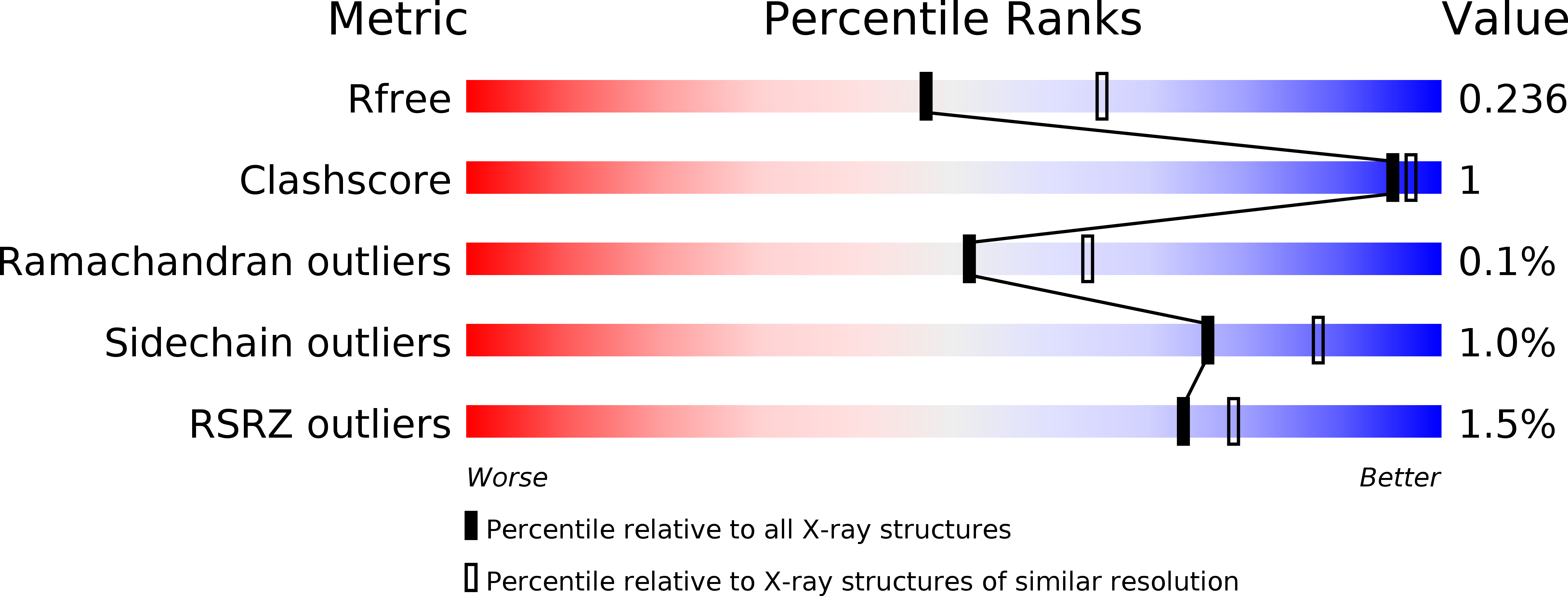
Deposition Date
2015-11-20
Release Date
2016-08-03
Last Version Date
2024-01-10
Entry Detail
PDB ID:
5FOG
Keywords:
Title:
Crystal structure of hte Cryptosporidium muris cytosolic leucyl-tRNA synthetase editing domain complex with a post-transfer editing analogue of norvaline (Nv2AA)
Biological Source:
Source Organism:
CRYPTOSPORIDIUM MURIS (Taxon ID: 441375)
Host Organism:
Method Details:
Experimental Method:
Resolution:
2.30 Å
R-Value Free:
0.23
R-Value Work:
0.20
R-Value Observed:
0.20
Space Group:
P 41 21 2


